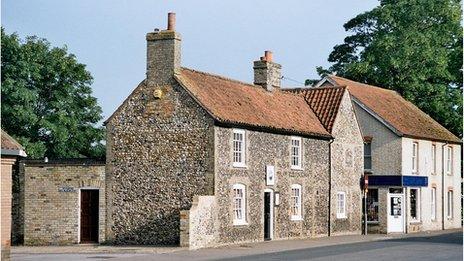Anglo-Saxon house in West Stow to be pulled down
- Published
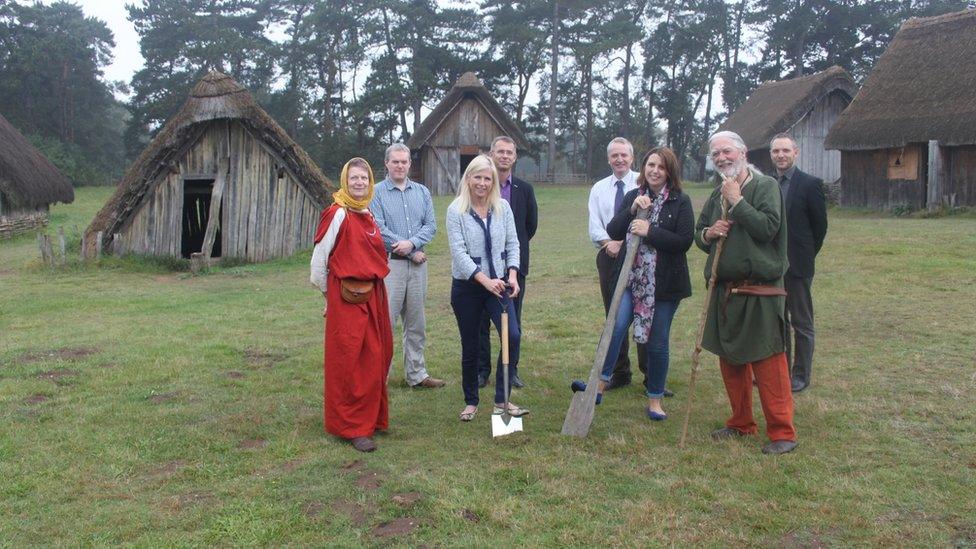
The 1974 grubenhaus (pictured on the left) was built over a sunken hole and is tilting slightly
An Anglo-Saxon-style house is to be dismantled so archaeologists can try to learn more about 5th-7th Century construction techniques.
The wooden "grubenhaus" at West Stow Anglo-Saxon Village, Suffolk, was built in 1974 to test building theories.
Its remains will be compared with Anglo-Saxon excavations on site.
Dr Richard Hoggett, archaeological advisor, said: "The closer the match the more likely it is the reconstruction reflects the reality."

Ian Alister was one of four Cambridge students who began work on the village in the early 1970s
The Anglo-Saxon village was recreated on the site of an original settlement near Bury St Edmunds which existed from about AD420-650.
However, as Anglo-Saxon buildings were wooden and thatched, they decayed over time and the only evidence of their existence is foundation hollows and post holes.
The 1974 reconstruction was an attempt to test one of several different theories of how the Anglo-Saxons may have built their dwellings.
The current team decided that, because the grubenhaus had started to lean, it was at the end of its life as a visitor attraction and needed taking down.
By dismantling the old one, archaeologists can study how the bindings and joints have stood up over 40 years.
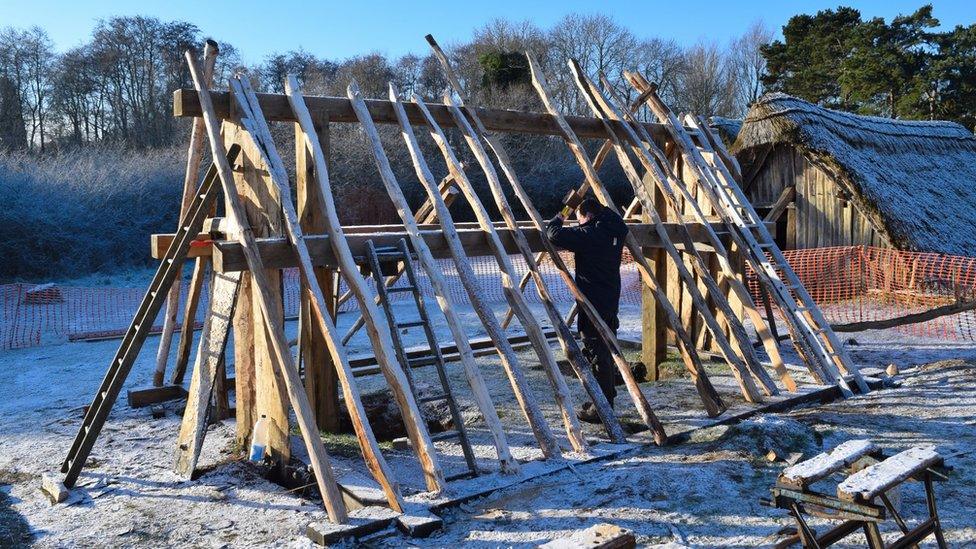
Work on a replacement grubenhaus began last year in front of the building which will be taken apart
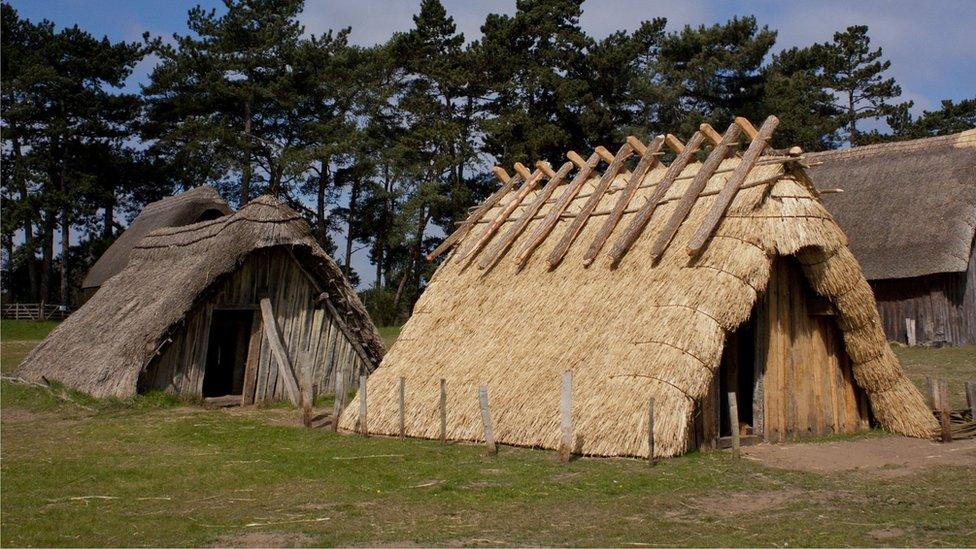
Completion of the new grubenhaus (right) means the 1974 version (left) can be deconstructed by the archaeology team at West Stow

A new grubenhaus has been built using wood and natural plant materials for the roof and bindings
A new house has already been created to replace the 1974 one, also using building techniques that might have been used by Anglo-Saxons.
Dr Hoggett, Suffolk county council archaeologist and advisor to the West Stow Anglo-Saxon Village Trust, said: "Understanding how the buildings were made helps us understand how the Anglo-Saxons lived and what their settlements might have looked like.
"We're finishing an experiment that began 40 years ago and we are hoping some of the original 1974 Cambridge University students will get involved again."
The building is due to be taken down between the October half-term and Christmas, with the results presented to the public at Easter.
- Published19 September 2014

- Published17 August 2013

- Published6 June 2014
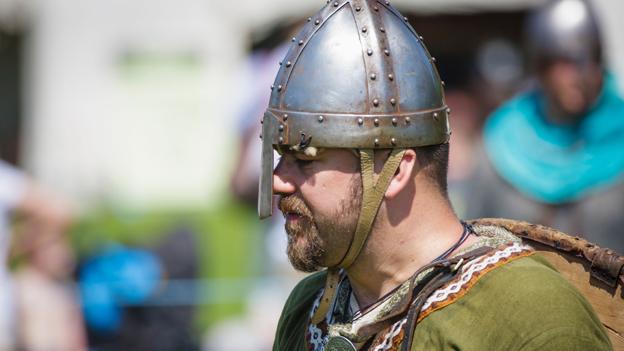
- Published21 July 2012
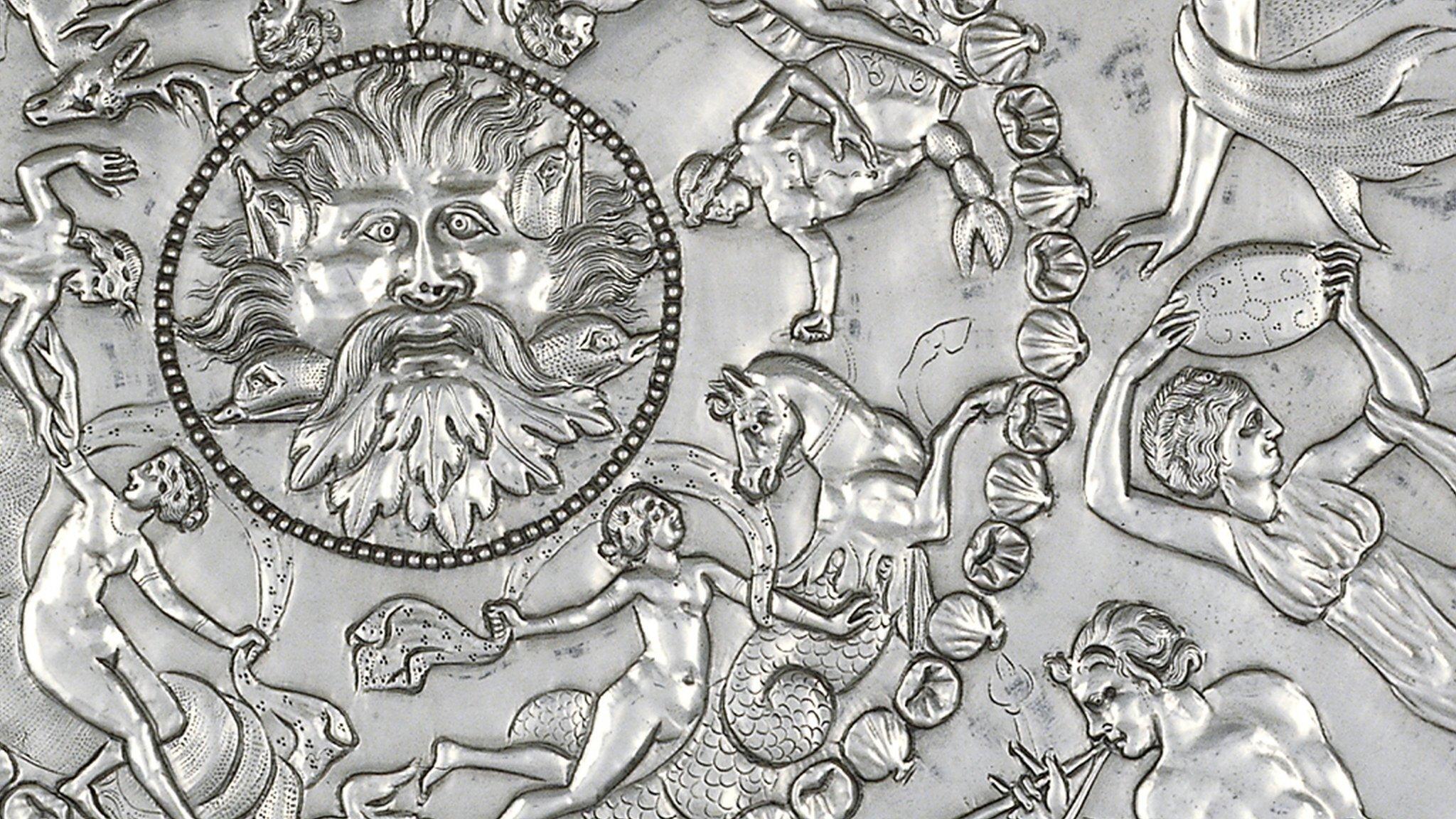
- Published6 March 2012
